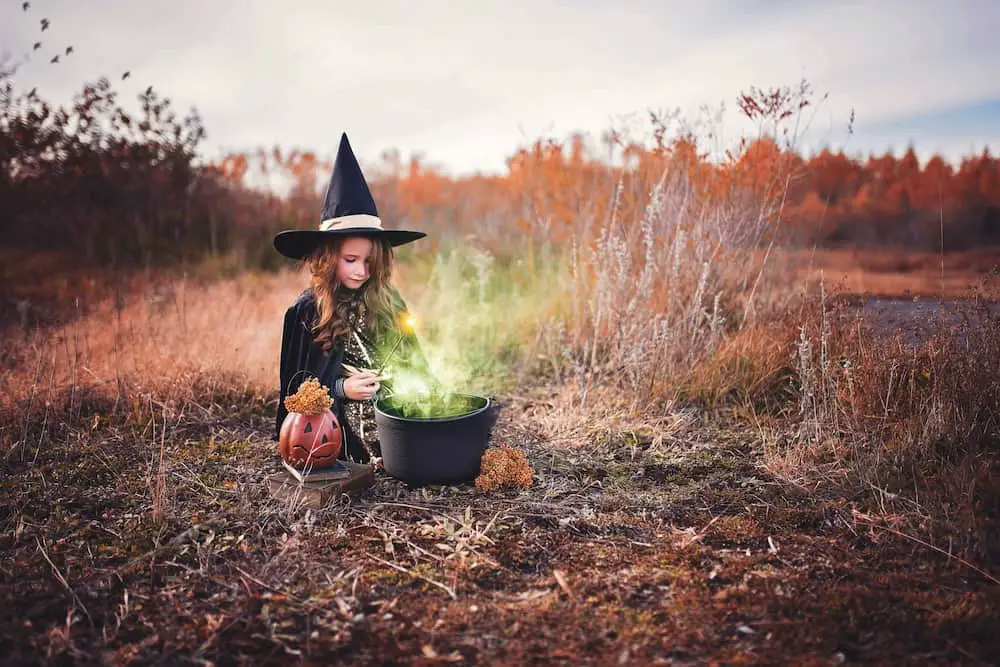We all know witches ride brooms and keep black cats for sidekick pets, but why the green witch? That tradition started quite recently, but we can also find links that stretch back to antiquity.
The history of witches is terrifying and sad and is basically the story of marginalised people. Worse, people around the contemporary world are still abused because of supernatural beliefs about their so-called witchcraft.
In children’s literature, however, witches are a useful trope.
We’re all familiar with the idea that witches ride brooms.
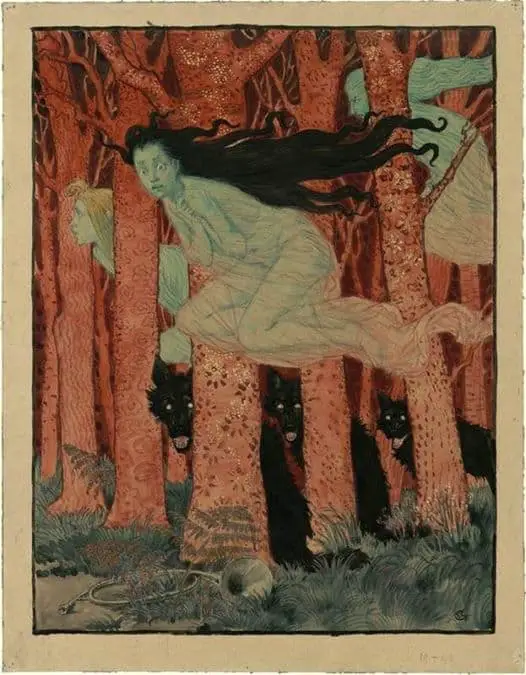
But when did witches become green?
The Anjana is a witch from Hispanic tradition. She often resembles an old woman to test out people’s charity towards her, but in her ‘true’ form she is a beautiful young woman who wears a tunic of flowers, silver stars and also green stockings. These green stockings apparently allude to the primitive forces of virgin nature. So green has been associated with witches for a very long time.
The Green Witch In The Wizard Of Oz
Before the film adaptation, the Wicked Witch of the West in The Wonderful Wizard of Oz looked like this:

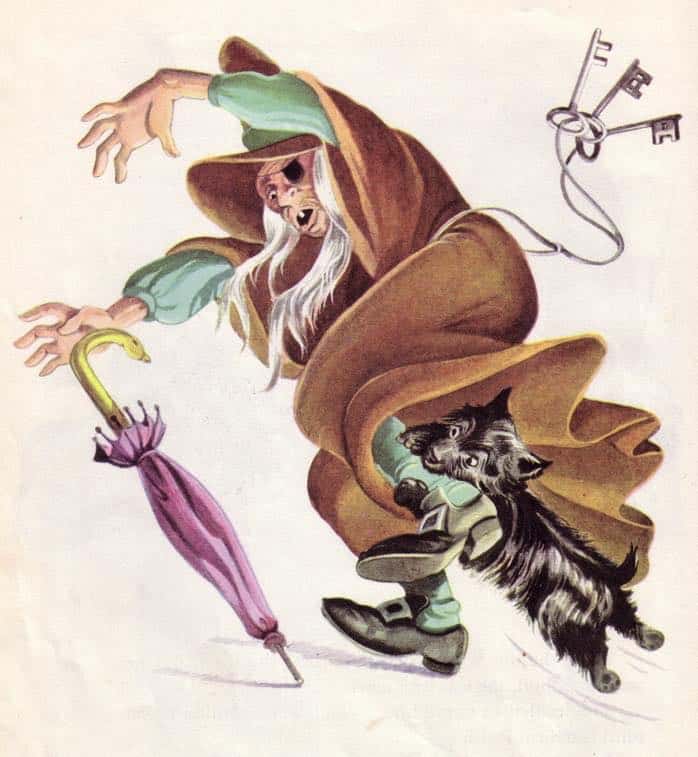
Then the film was made. If successful, a film changes a work permanently. Just as Disney has forever placed in our minds the names of the seven dwarfs (who were never named before that), the film starring Judy Garland forever left us with the image of the green Wicked Witch Of The West.
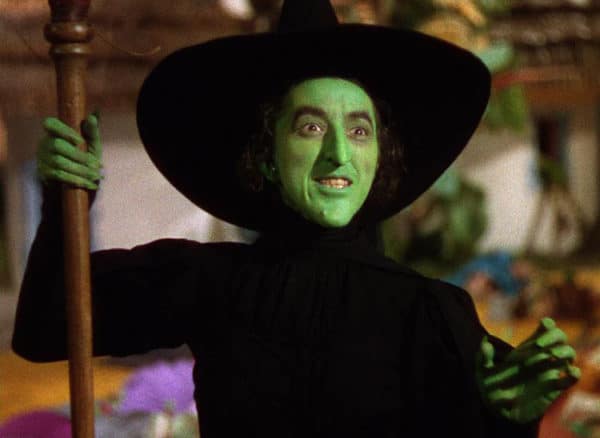
The green-skinned crone is actually a relatively new incarnation of the evil witch – in fact, while the evil witch as a cultural narrative dates back millennia, the green skin dates precisely back to 1939 and the MGM film, The Wizard of Oz. Margaret Hamilton’s cackling and emerald-tinted portrayal of the Wicked Witch of the West, rendered in vivid Technicolor, is the only reason that anyone associates green skin with witches. As Professor Marion Gibson, associate professor of Renaissance and magical literatures at the University of Exeter and an expert in popular depictions of witches, explained, via email, “There are a few images of witches — for instance, on Halloween postcards — with odd coloured faces (usually red/orange, surprisingly) but MGM’s green-faced witch is the first to make a key feature of a completely non-human skin colour.”
Why Are Witches Green? from Boing Boing
There is a sad story of actor abuse behind Margaret Hamilton’s greenness.
On 23 December 1938, while filming the Wicked Witch’s exit from Munchkinland in a blaze of fire, Hamilton suffered first-degree burns on the right side of her face and second-degree burns on her right hand; the flames rose too soon, before she had descended below the stage. Hamilton’s green makeup was copper-based and potentially toxic, and had to be removed from her burned flesh with alcohol — an intensely painful process. She was not able to return to the movie until 10 February. When she did return, she wore green gloves, since her hand was not yet fully healed.
OzWikia
Soon, witches in picture books turned green under the influence of the Wizard of Oz.
Below is an illustration for the Charles Perrault’s 1961 depiction of Sleeping Beauty. The wicked fairy is depicted as an ugly green witch, to match her ugly personality.
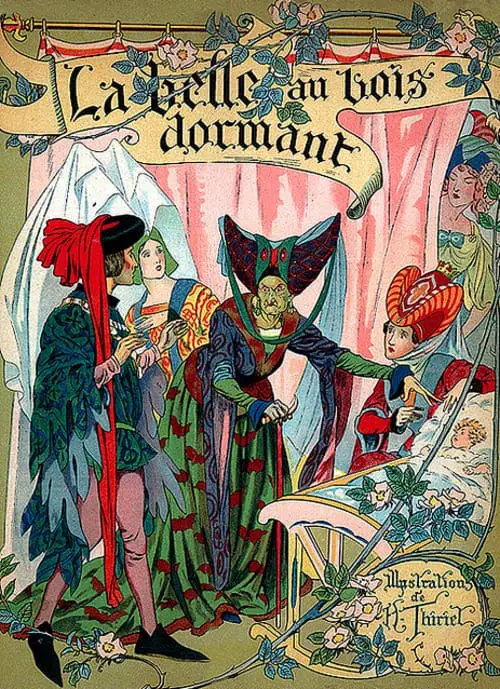
In the 1977 illustration below the skin is grey and sallow but the greenness is still there, in her gown. To make use of some very basic symbolism — the fairy is experiencing feelings of envy because she has not been invited to the party.
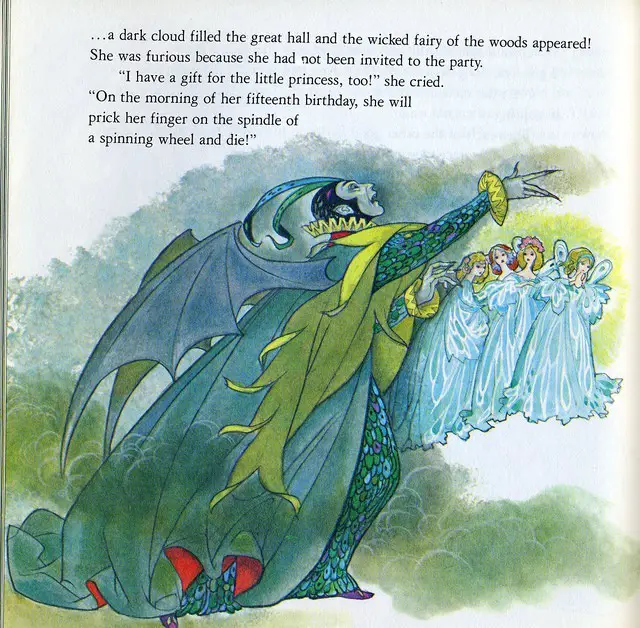
Gregory Maguire’s Wicked
There have been many, many retellings of The Wizard of Oz but the most culturally significant of those must be Wicked, in which Elphaba’s greenness is central.
[A] witch whose image was recently remade is Elphaba, from Wicked, who is also the Wicked Witch of the West in “The Wizard of Oz’. In Wicked, the witch retains her original appearance, “with her green skin, black clothes, and flying broom Elphaba matches our physical conception of a witch” (Boyd 99). Her personality, on the other hand, is completely different. She remains a bit rough around the edges, but this is more defensiveness and a lack of social skills than an actual evil. She is given a sympathetic back-story, and the best intentions. Overall, Elphaba is a good person, and remains that way throughout both the novel and the play, thus becoming a relatable protagonist, rather than a villain.
Socademia
Macbeth’s witches were not green in Shakespeare’s day. So we know this cartoon is post Wizard of Oz movie.
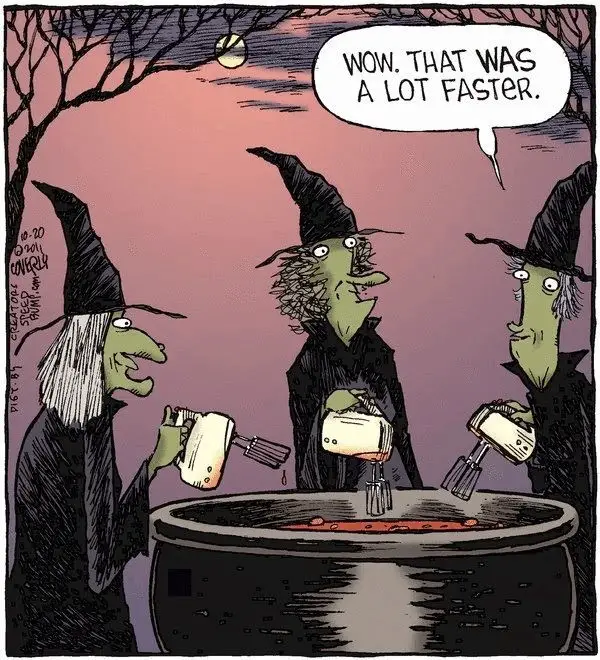
Why green, though?
Green skin makes a character unambiguously non-human, so there’s one reason for the green skin. But there are real-world illnesses which can give skin a greenish hue.
Physical damage of various sorts can cause greenish skin. These causes include infections, fungal attack, chemical damage, bruising, and gangrene, among others.
Holidappy
Witches tend to be green and sick looking when they are not sexualised. (Not sure if you can be sexualised AND green — I’m sure it can be done):
Witches in popular literature and media […] became sexual entities, conniving and disgraceful. […] “witches are accused of crimes similar to those which made the femme fatale of 19th-century novels and dramas such a menacing literary persona” […] Through their magic and their sensual nature, they would tempt people, and trick them into doing inherently evil things, or make them vulnerable. Thus, the witch was seen as a villain, and sexual women were seen as menacing as well. Through this process of othering, this characterisation of sexually deviant women as witches, “the witch became the incarnation of the sins of the flesh, of female sexual function”.
However, witches are not always represented as being overly feminine and sexual in nature. Sometimes, they sit on the other end of the spectrum, as masculine, hideous creatures; still outliers from society’s usual expectations for women. These witches, with green skin and crooked noses, match our typical descriptions of the Halloween monsters, cursing maidens and keeping black cats or crows as company.
Socademia
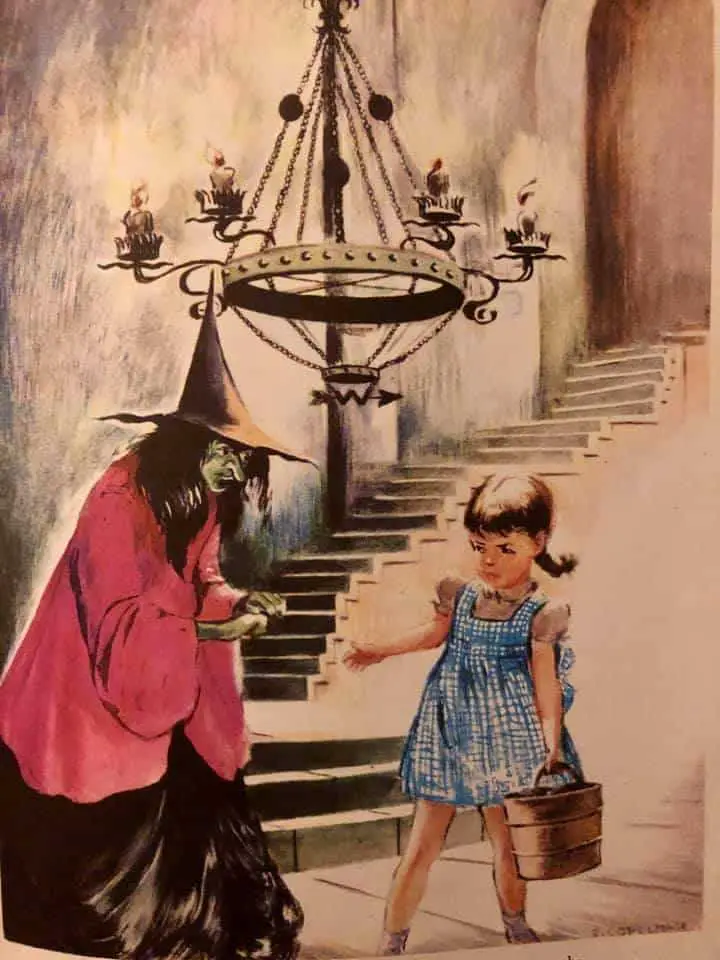
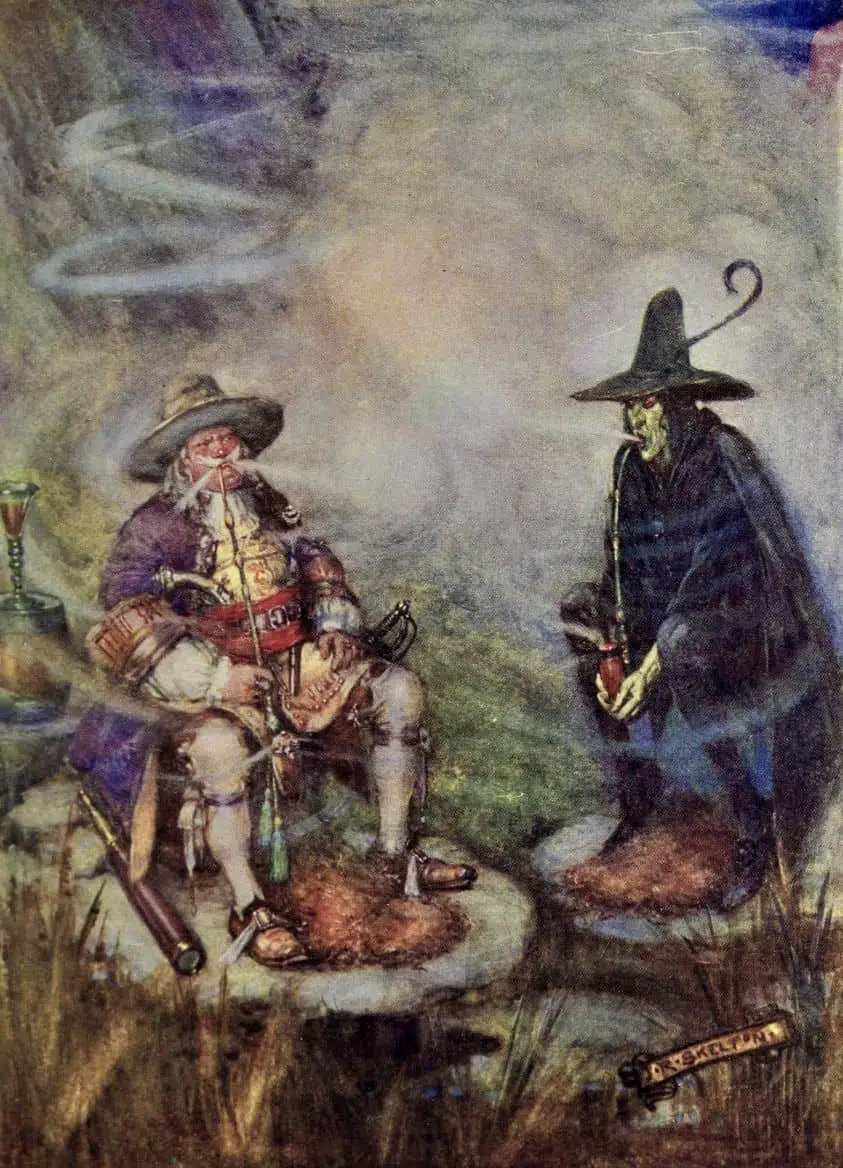
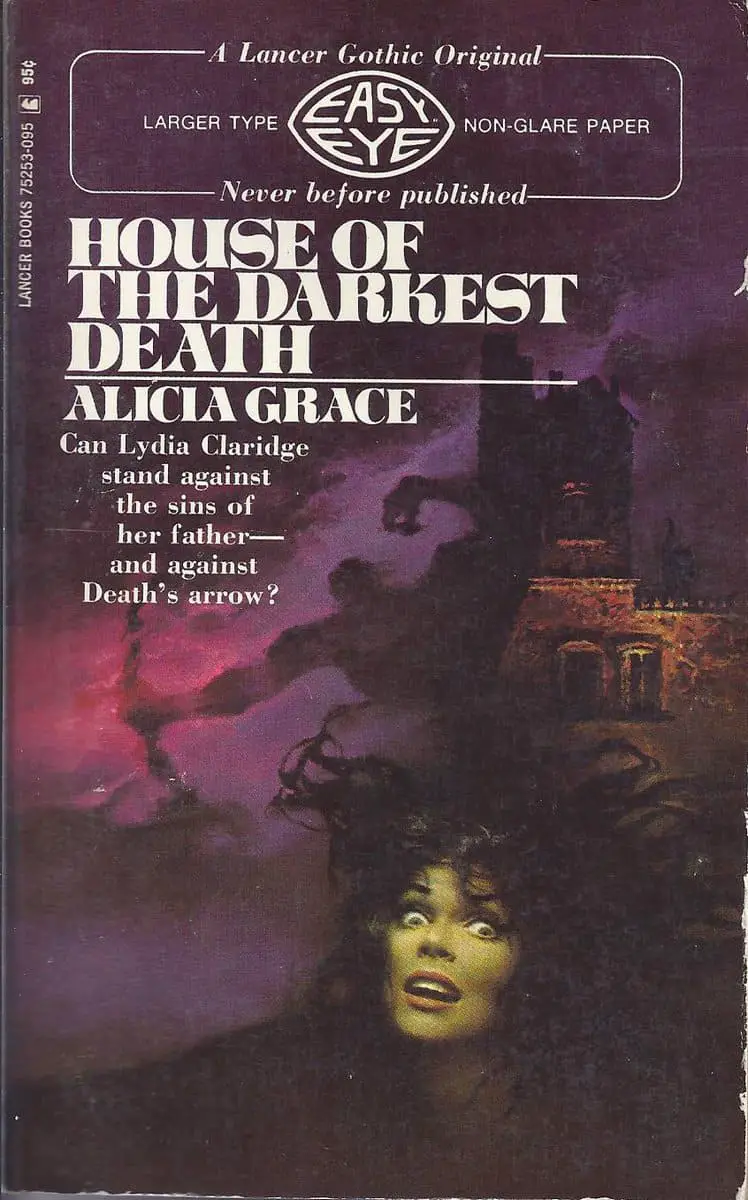
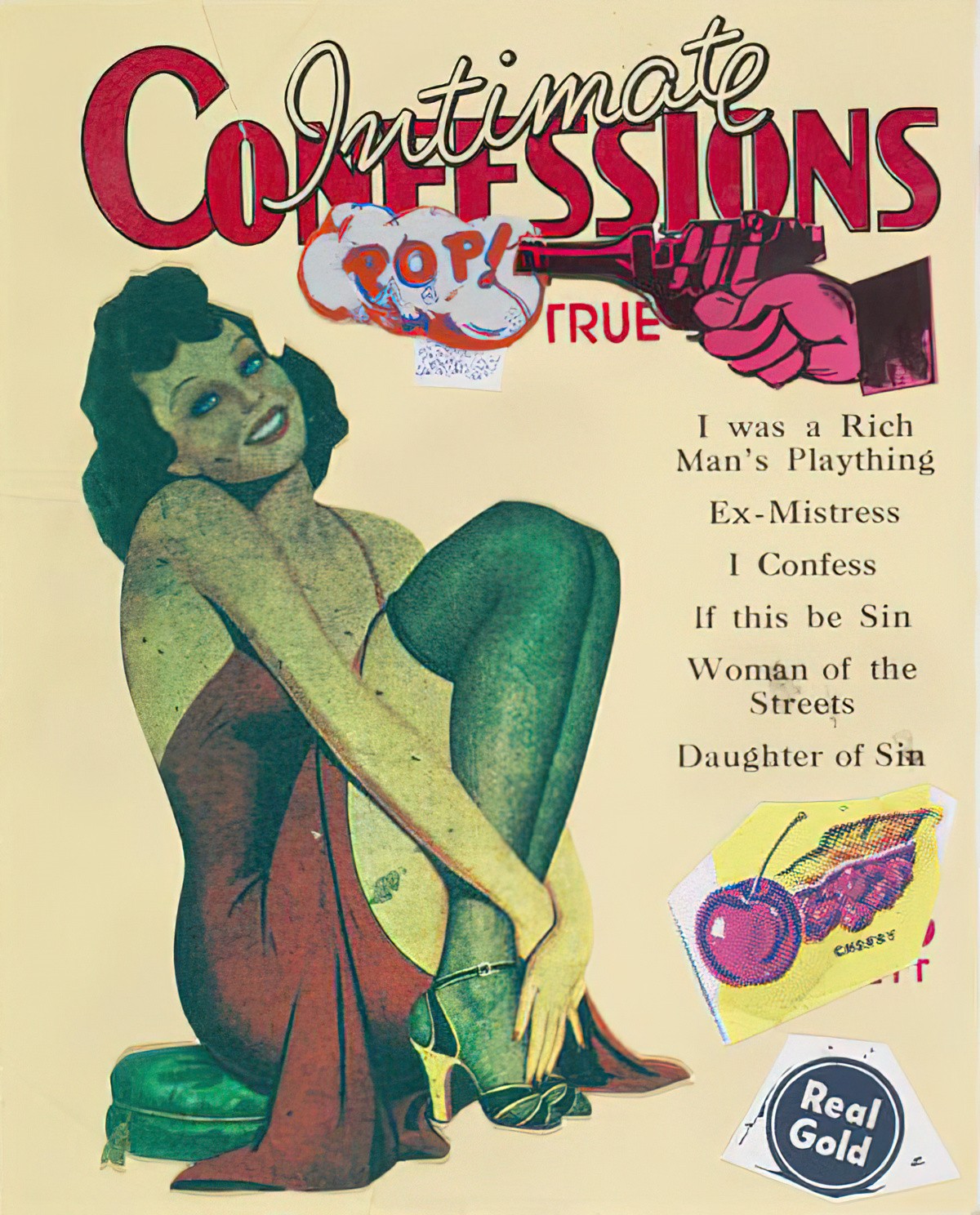
GREEN WITCHES AND… LITTLE GREEN MEN?
If I say ‘little green men’, you know I mean aliens, right?
Since when were aliens meant to be green? 1947 is when. The UFO sighting craze kicked off in America in 1941 with the Cape Girardeau flying saucer crash (which definitely happened), but get this, the guy who saw the alien thought it was grey. It was a reporter who made aliens green, in a seemingly off-the-cuff phrase.
Dunno about you, but I think that reporter had seen The Wizard of Oz on film. And I bet In 1946, Harold M. Sherman, who wrote a pulp science fiction book called The Green Man: A Visitor From Space had seen The Wizard of Oz, too.
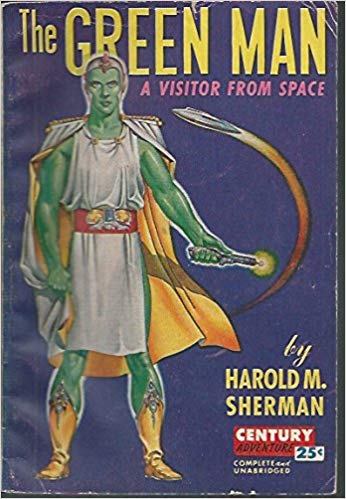
Either that or green as Other was in the air. No surprise that Day of the Triffids was published in 1951.
For more on that whole green alien history, listen to Alien Invasion: How Little Green Men Took Over from the Every Little Thing podcast.
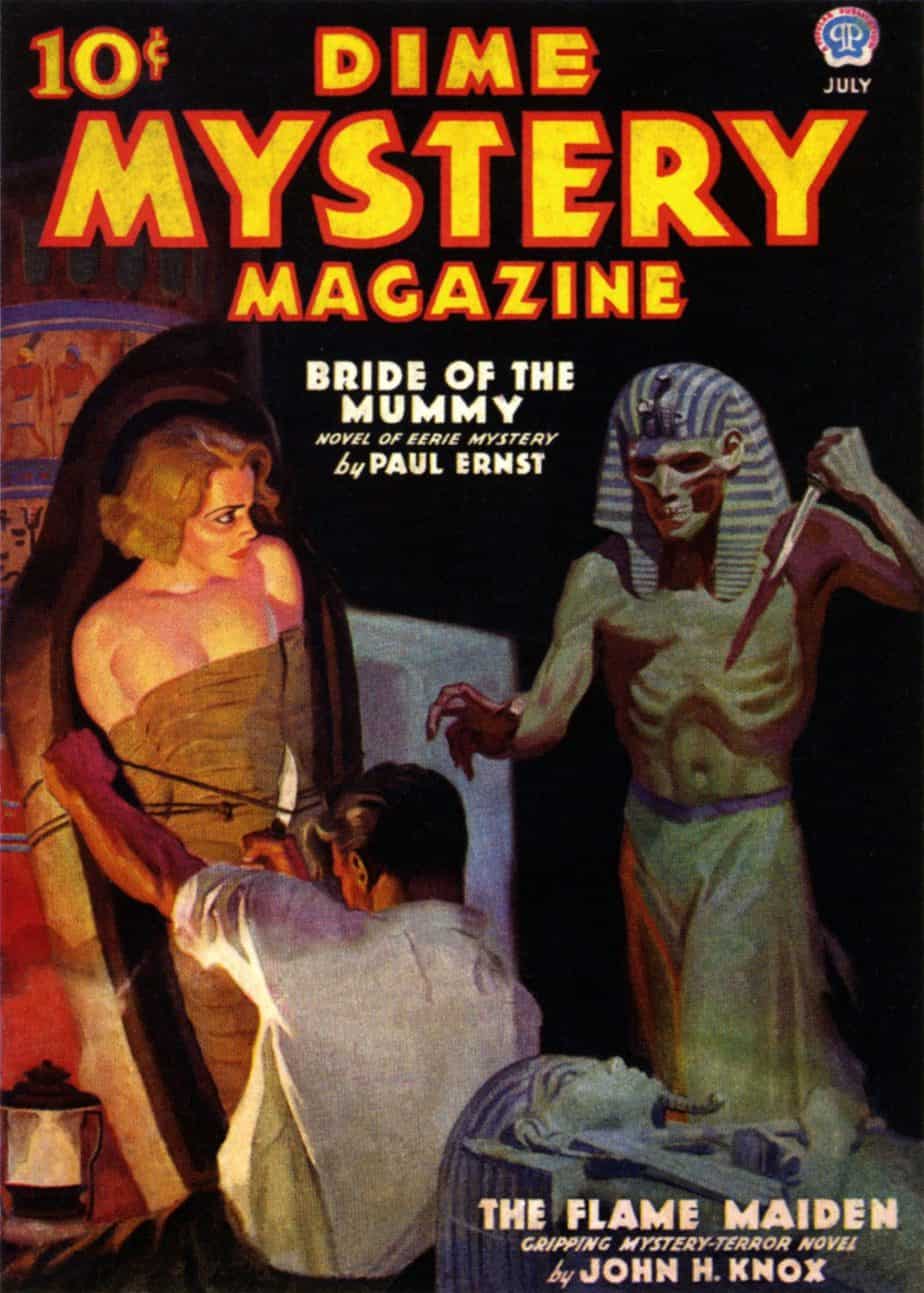
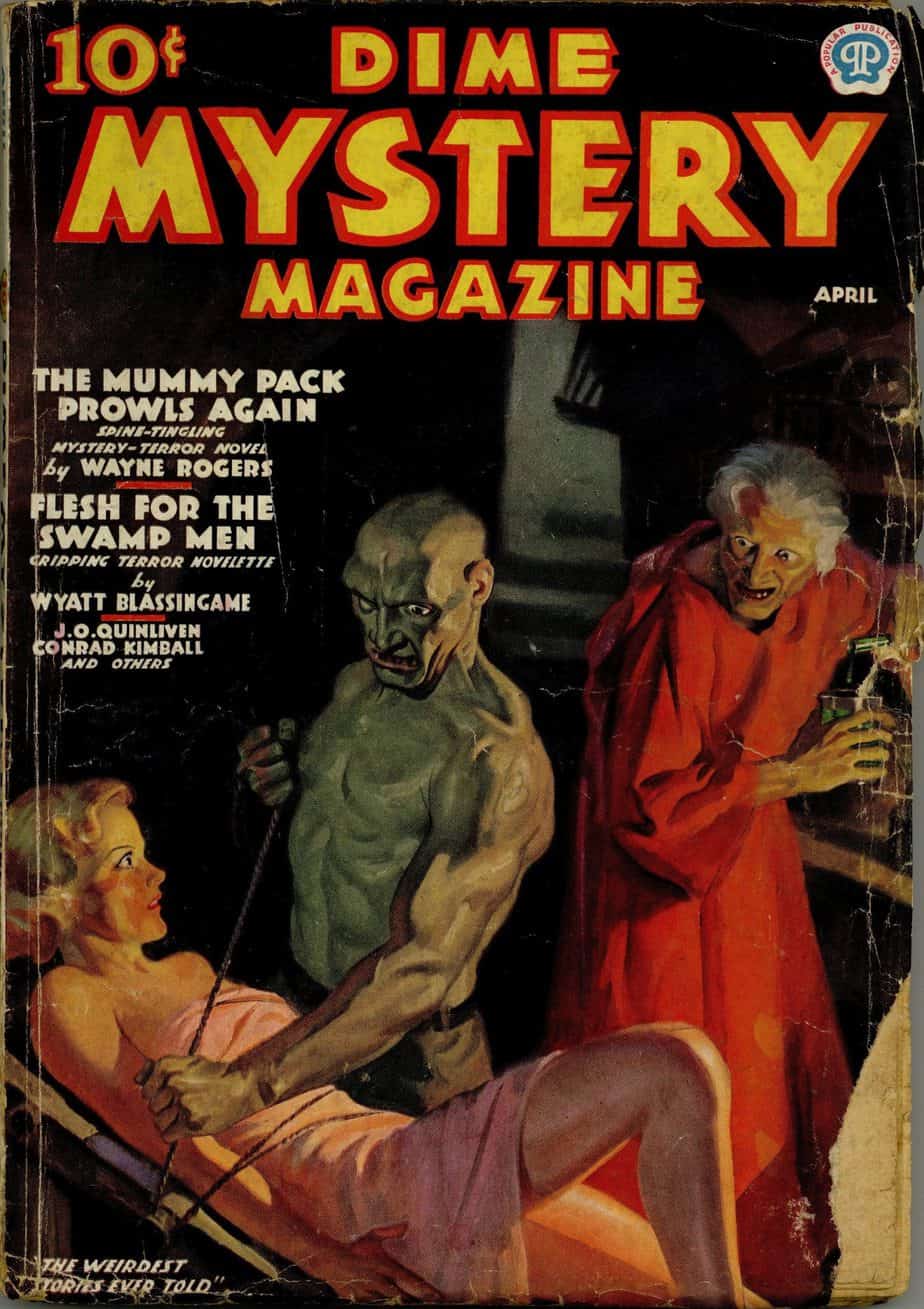
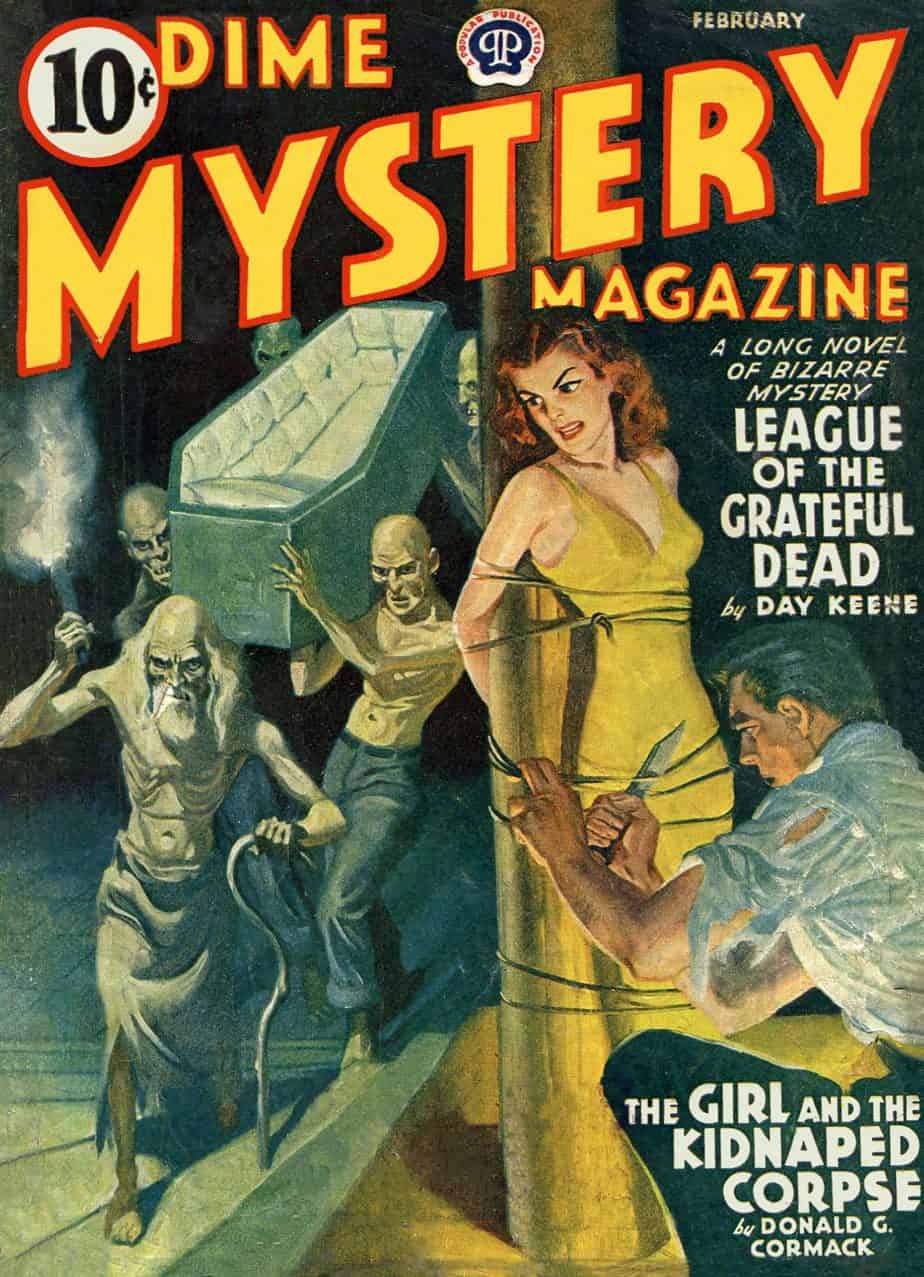
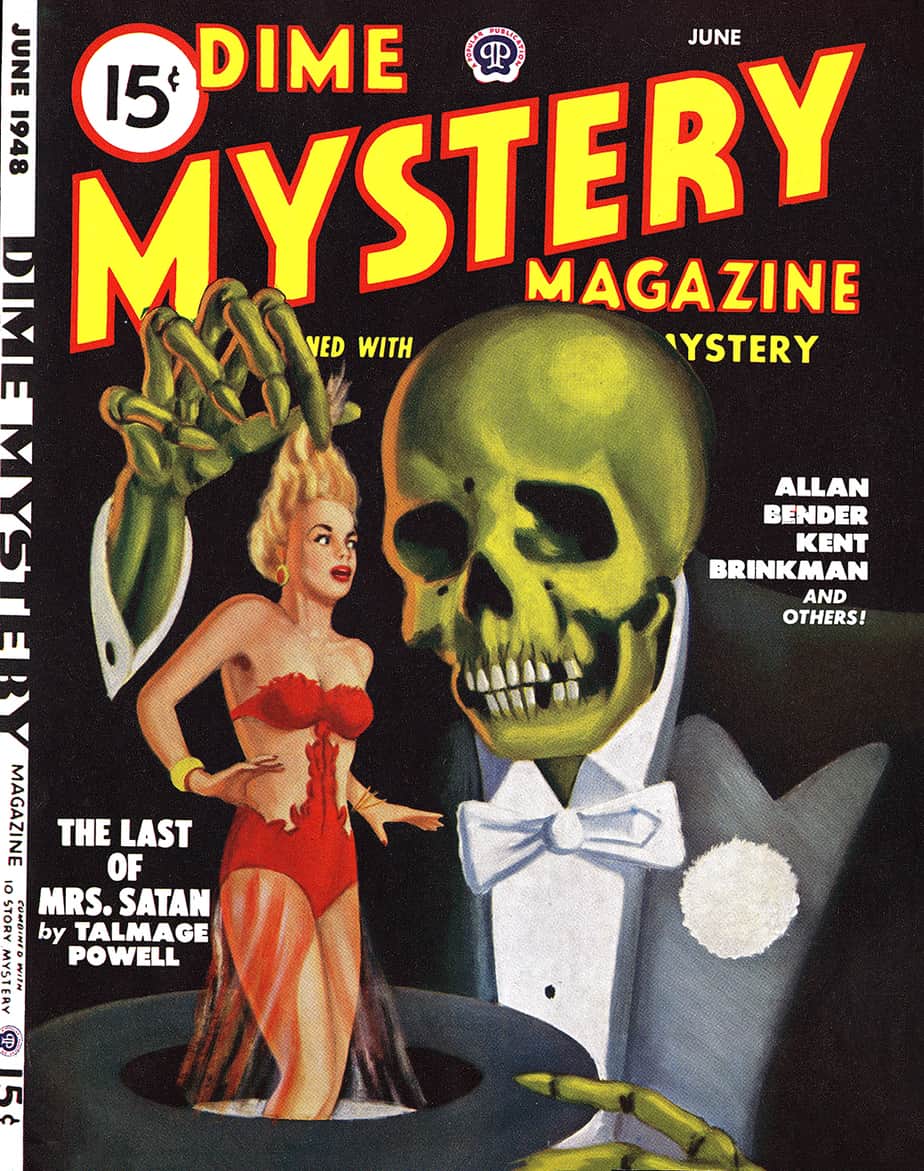
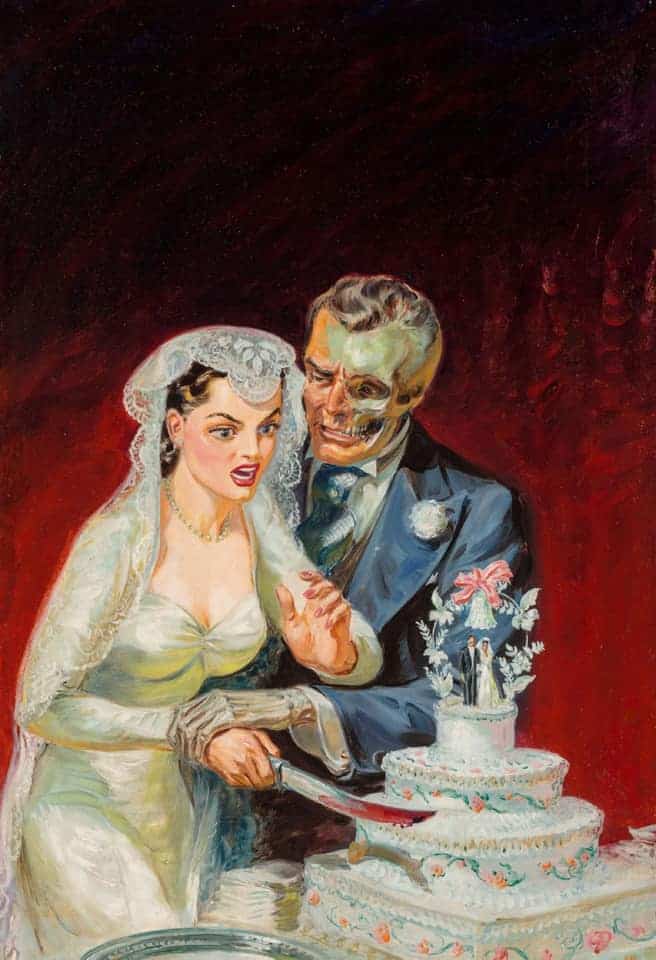
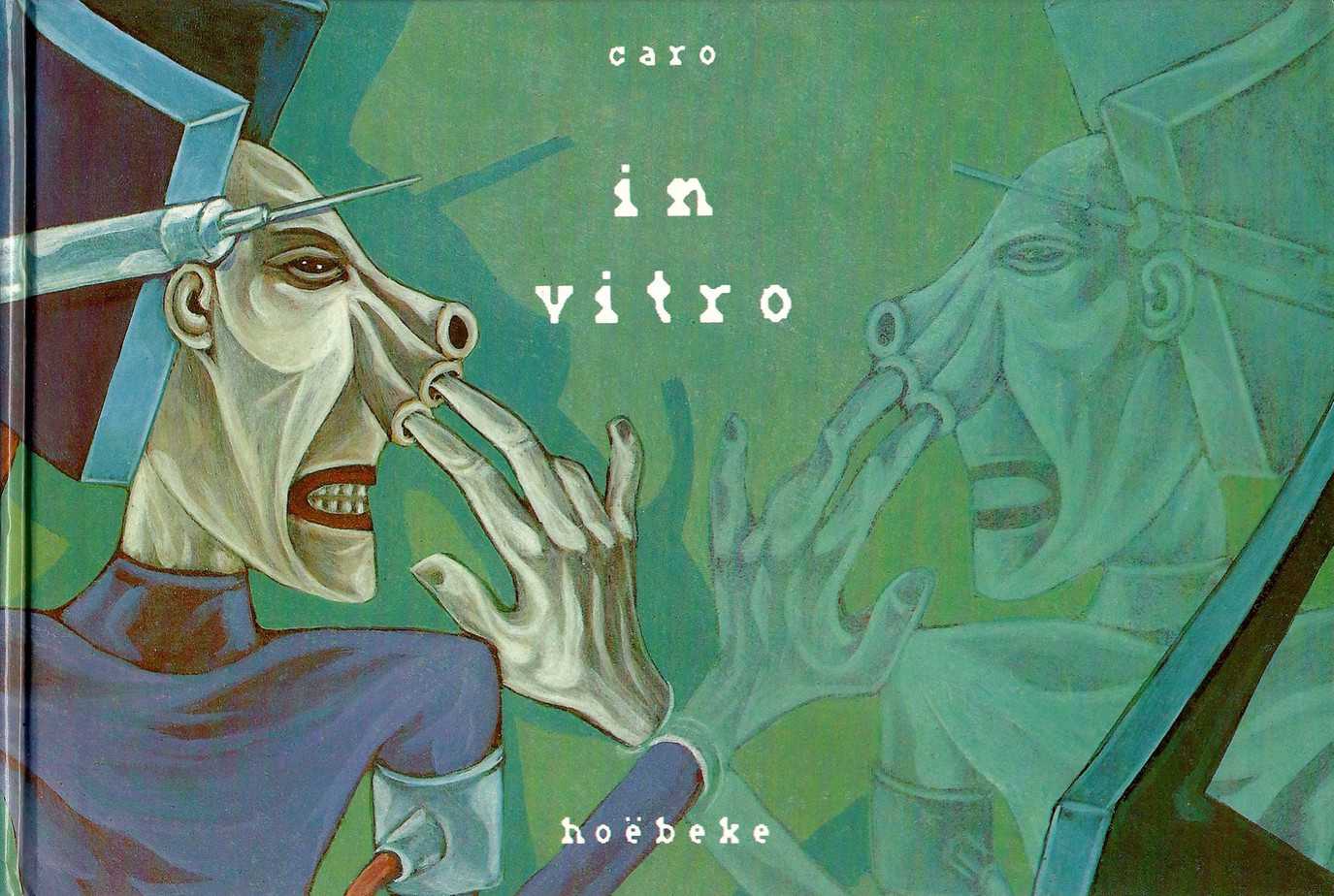
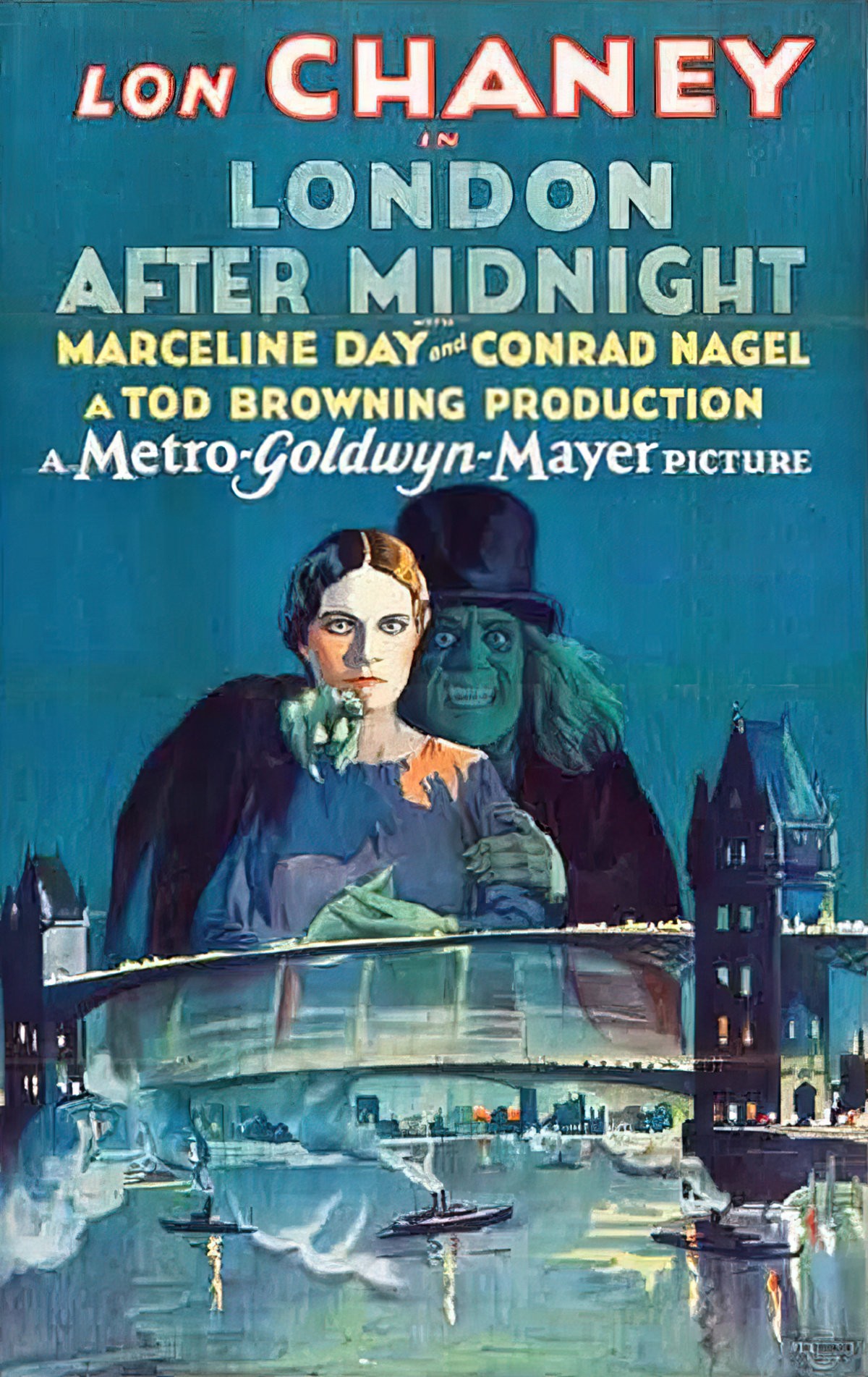
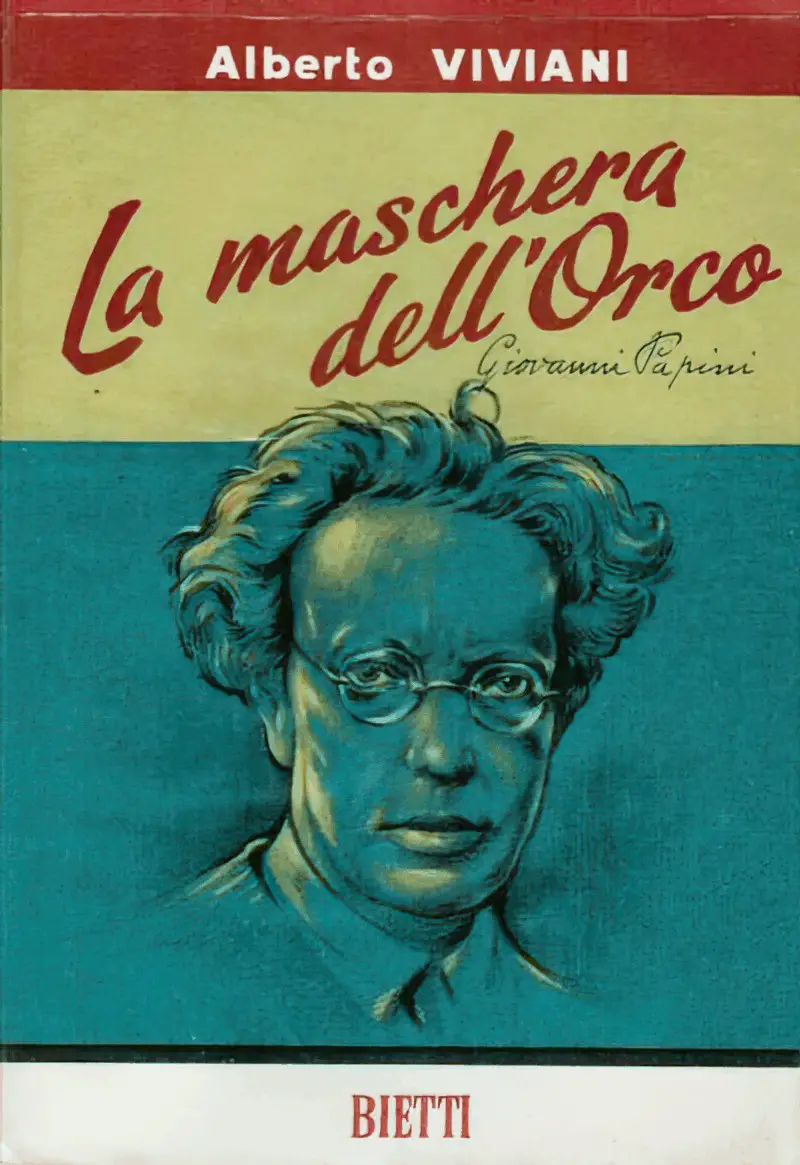
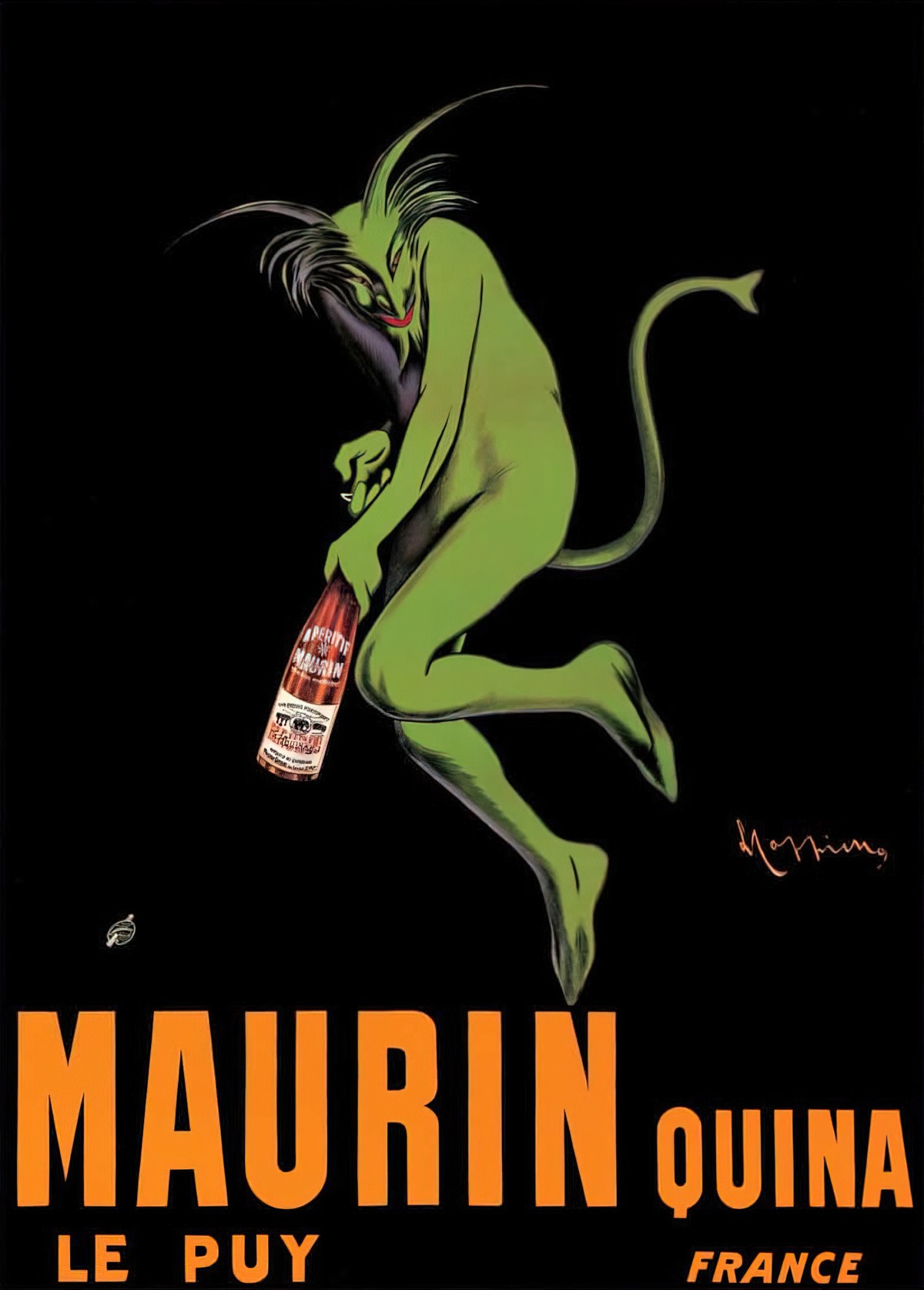
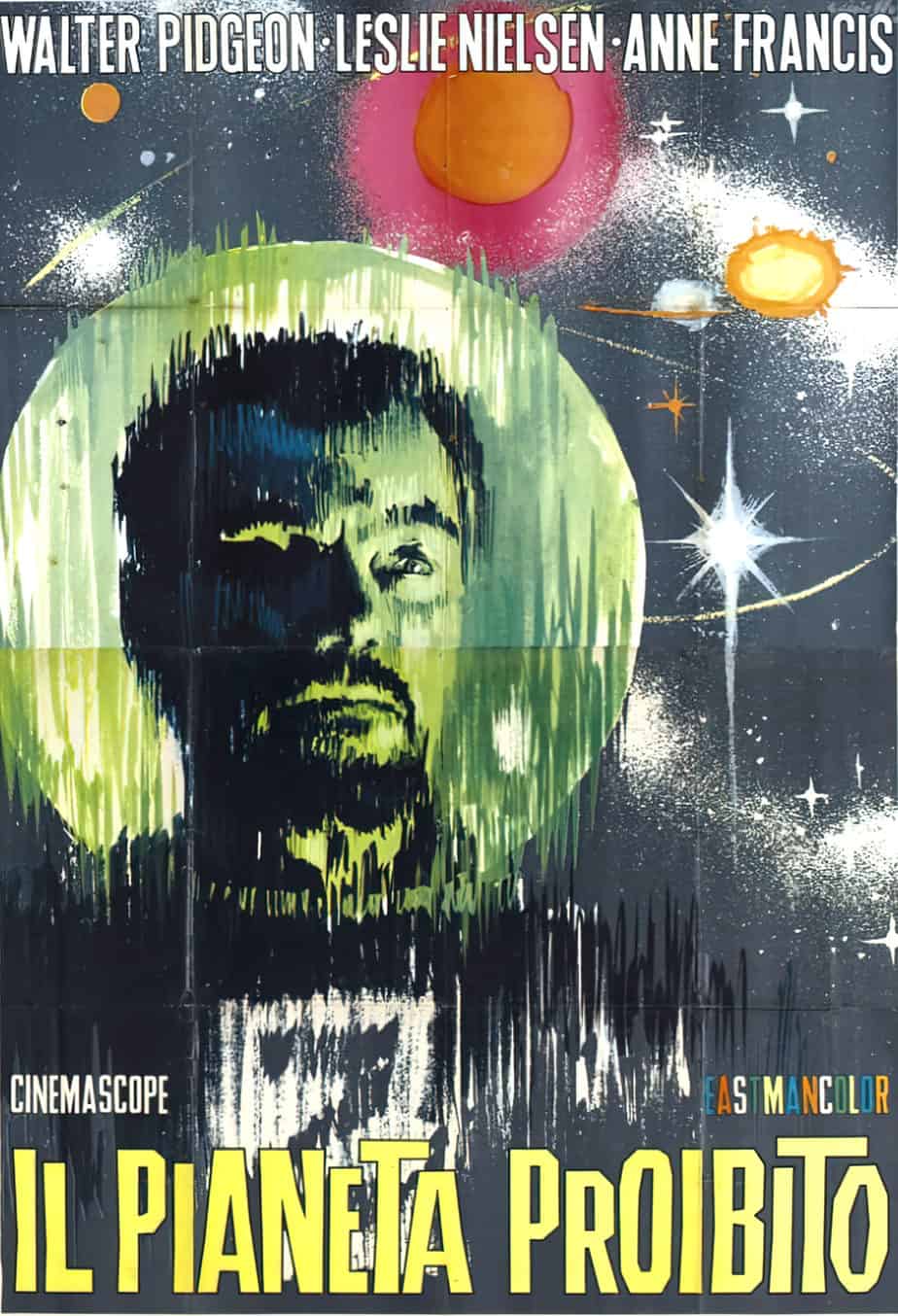
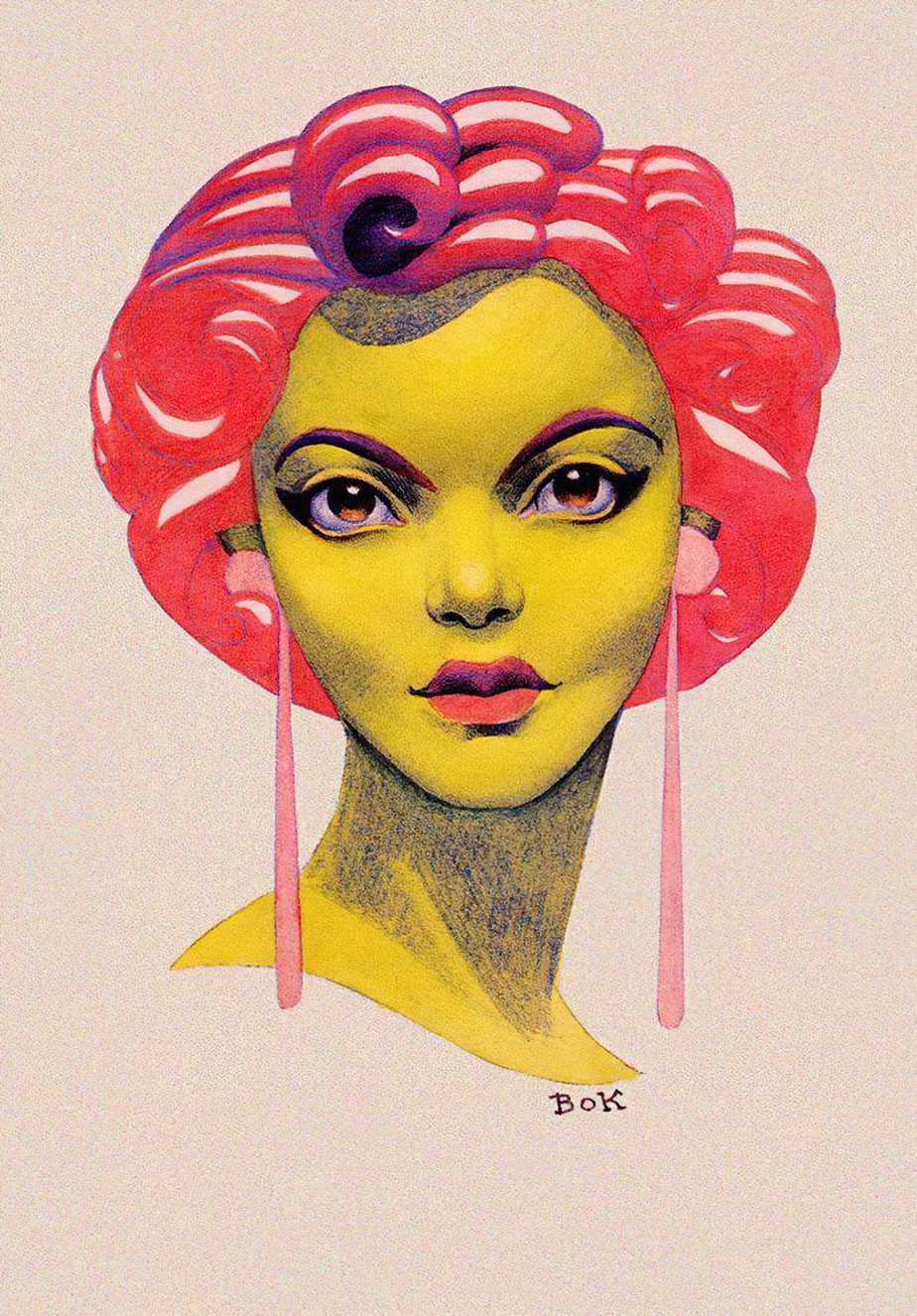
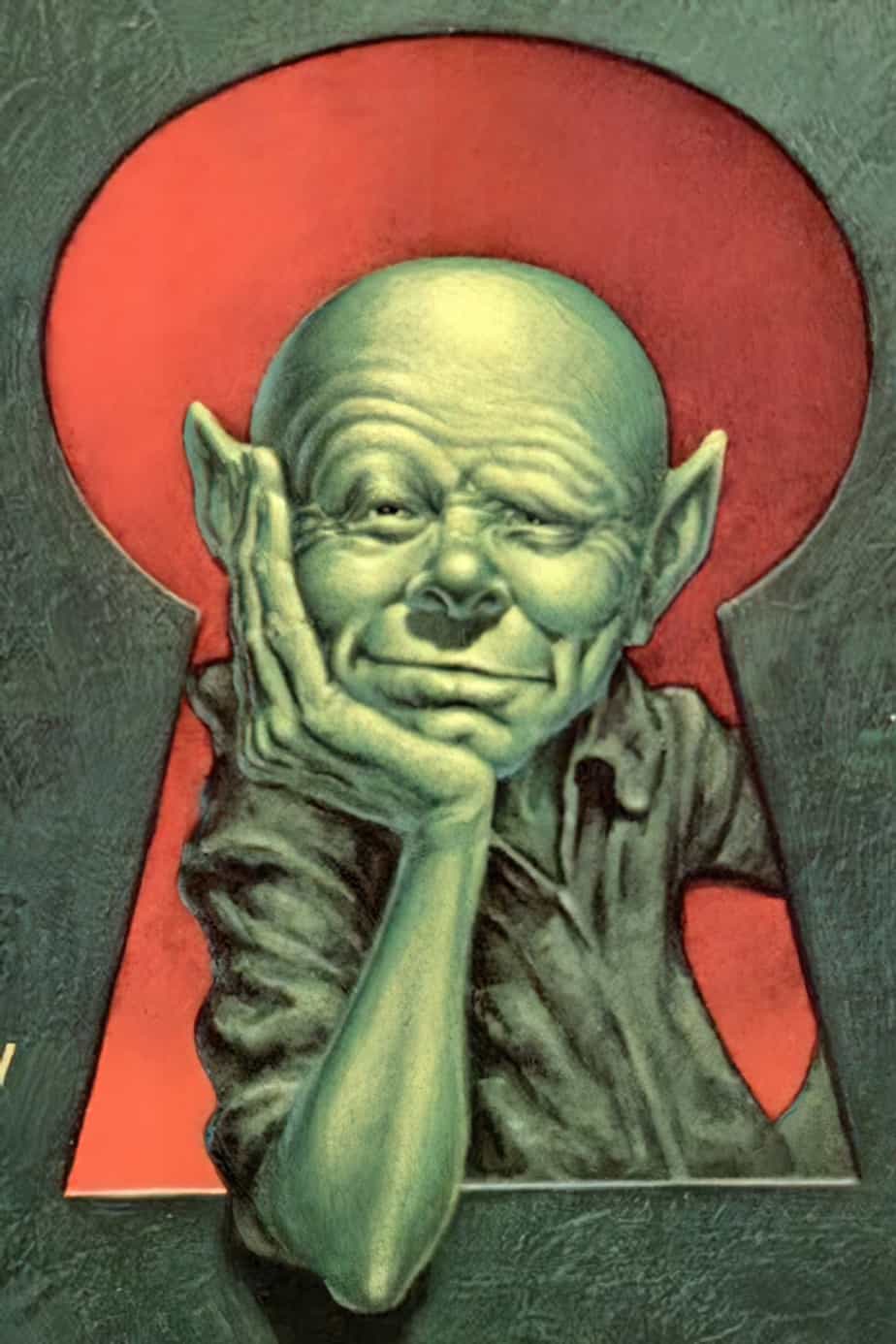
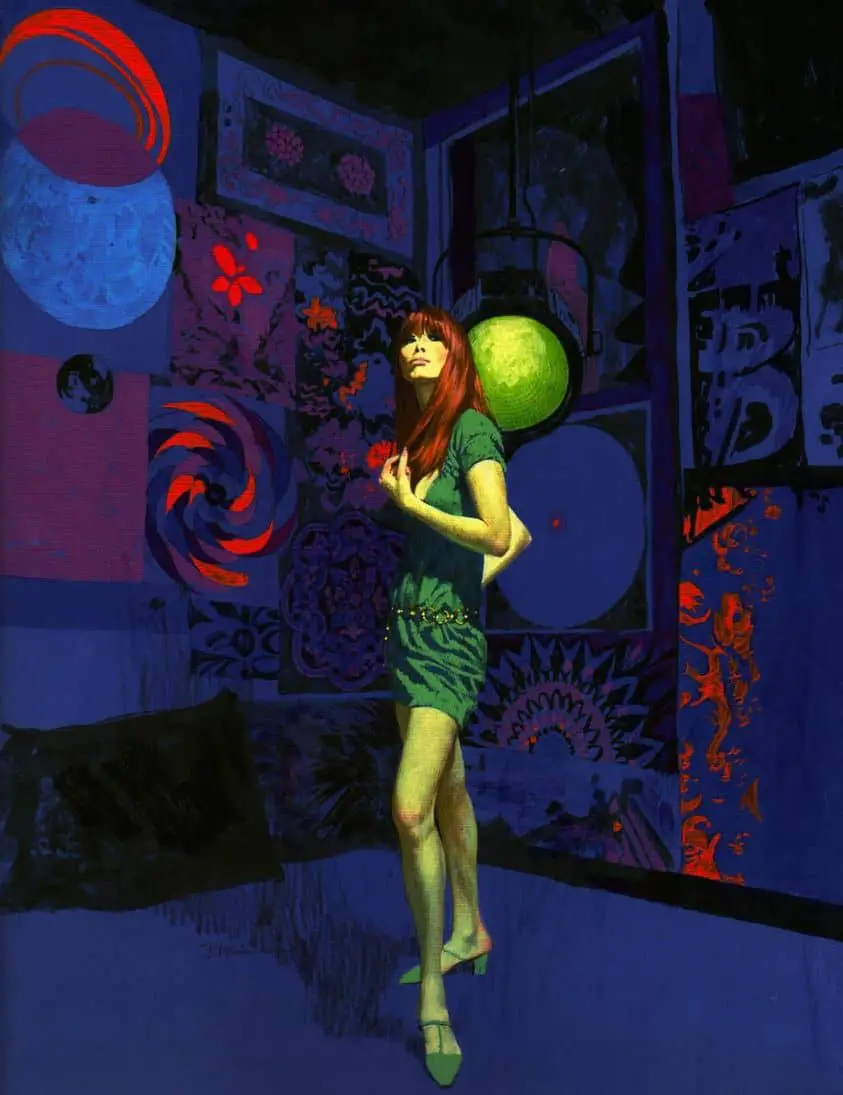
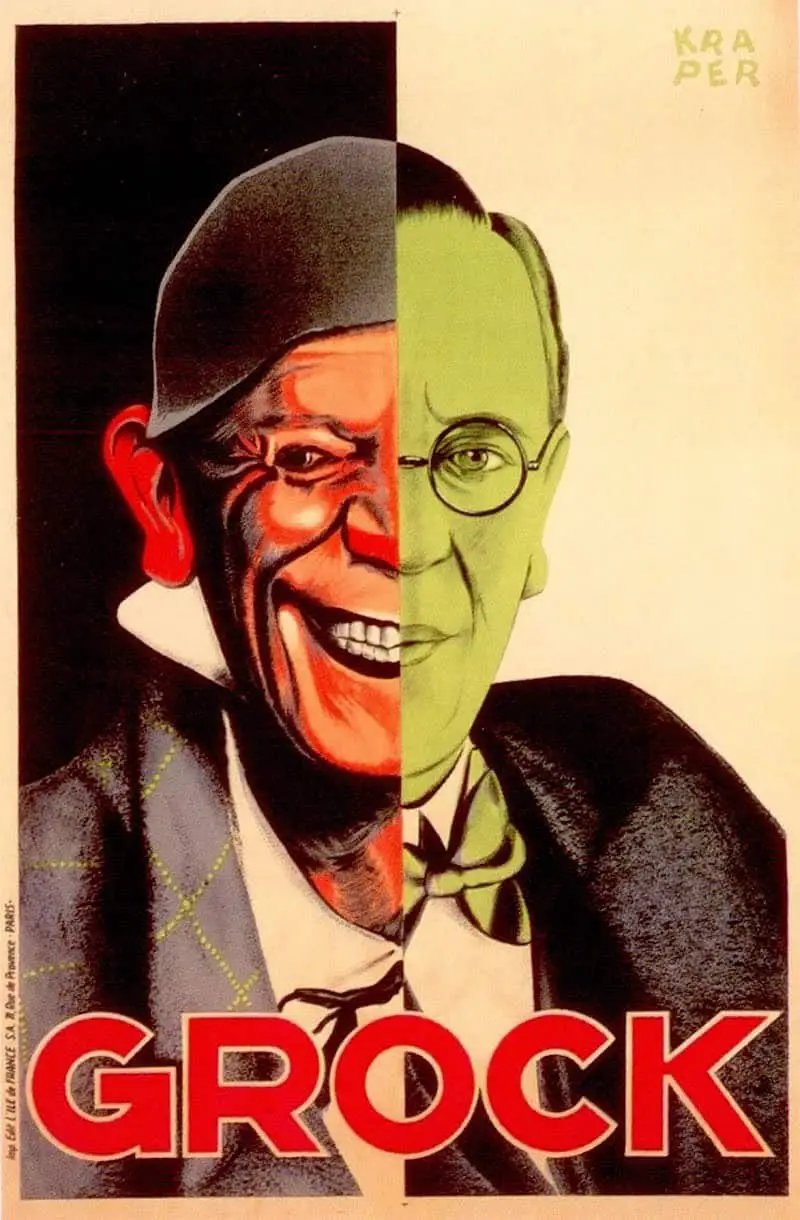
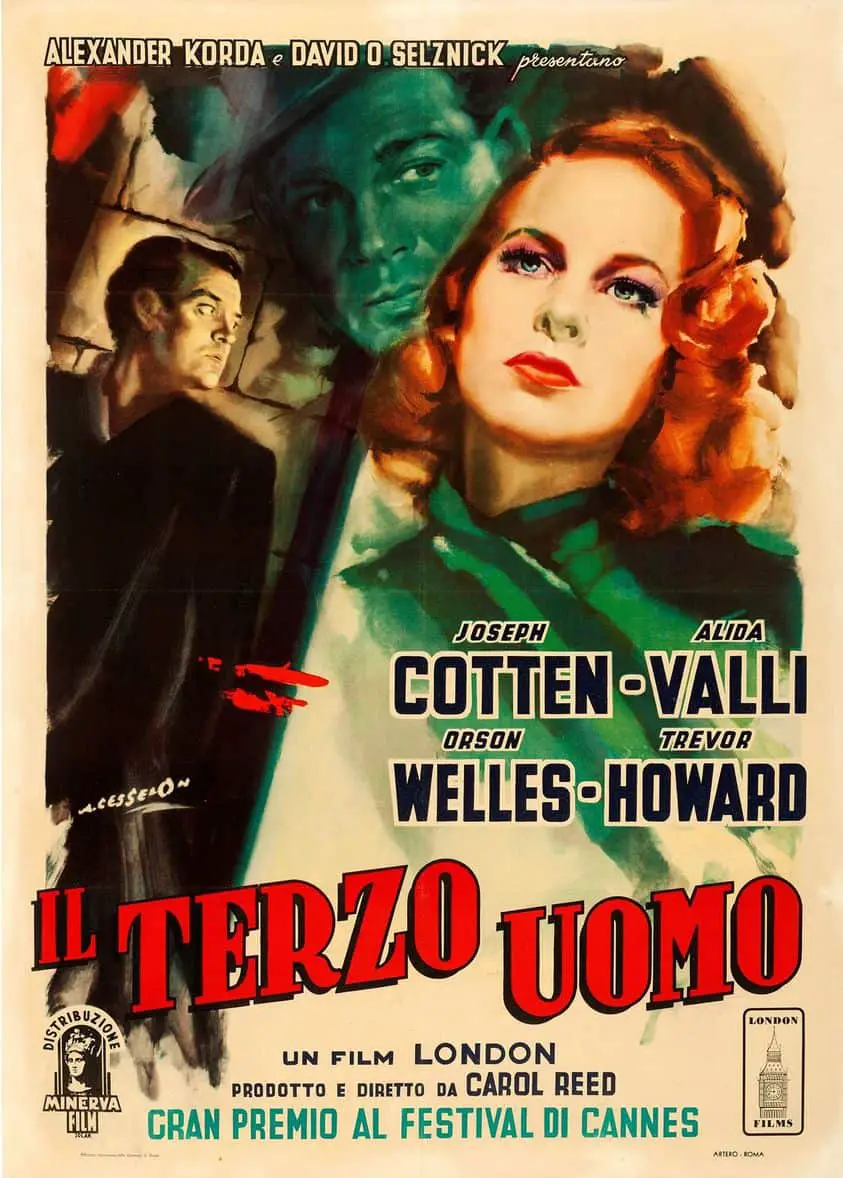
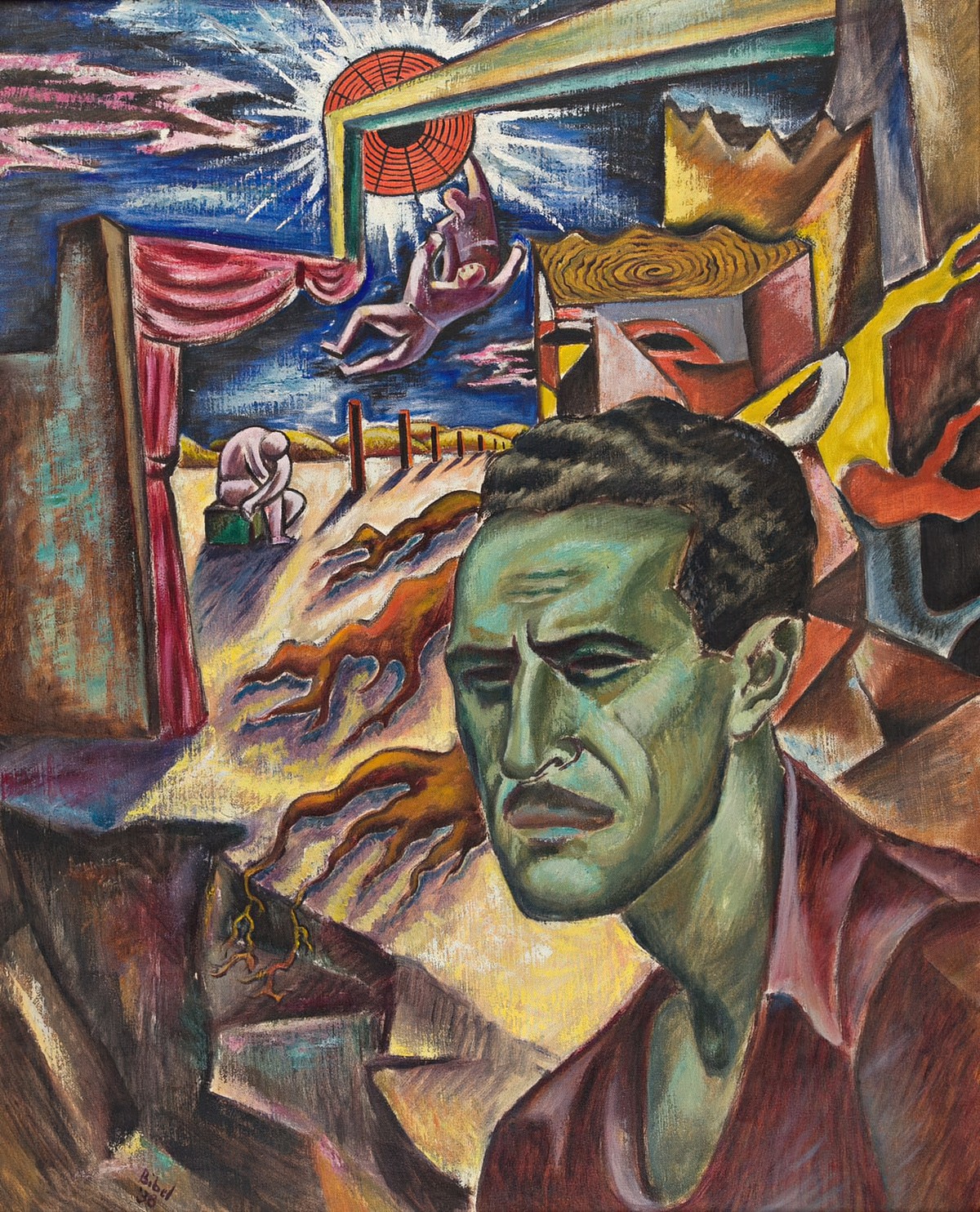
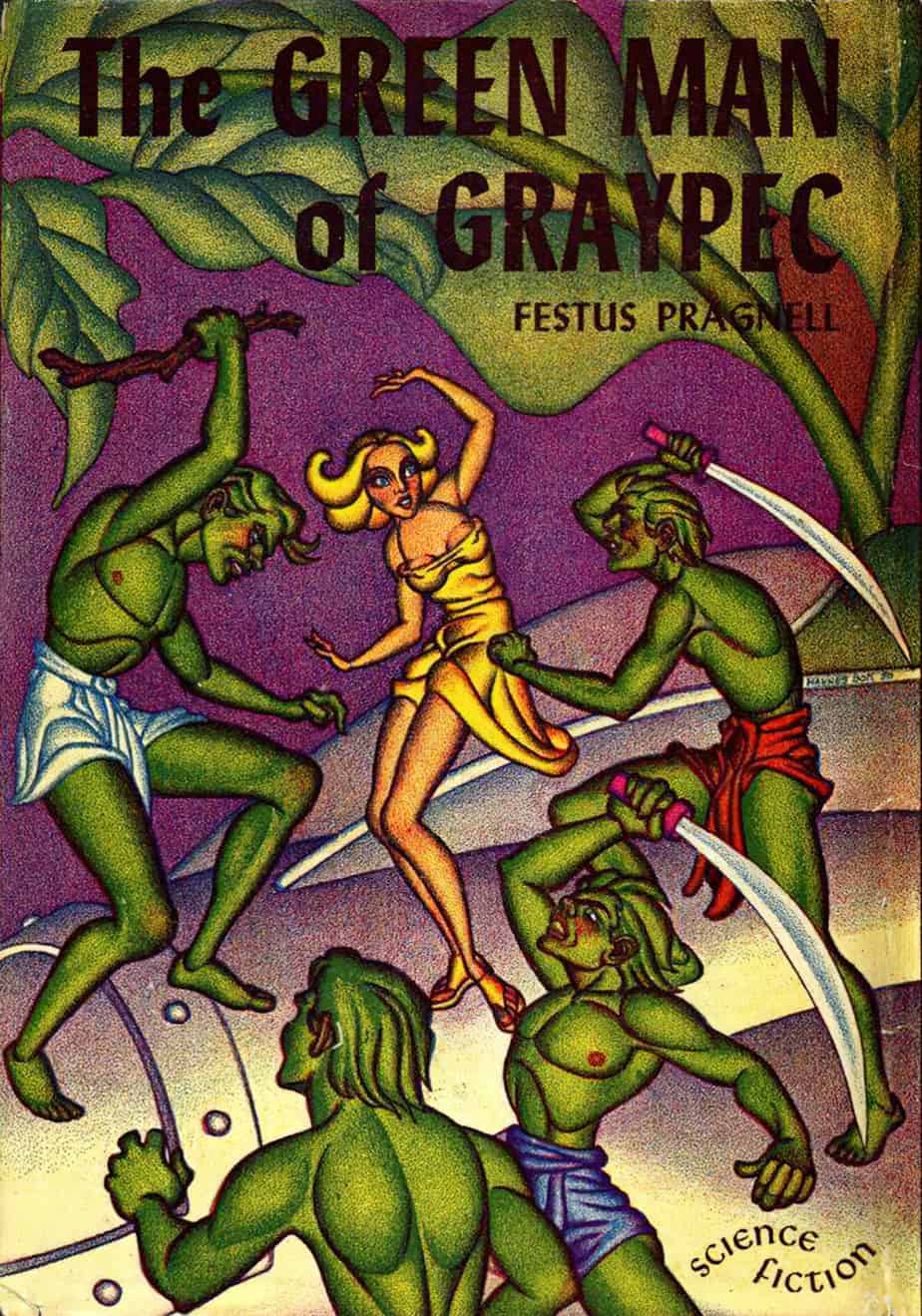
SEE ALSO
Header photo by Paige Cody
